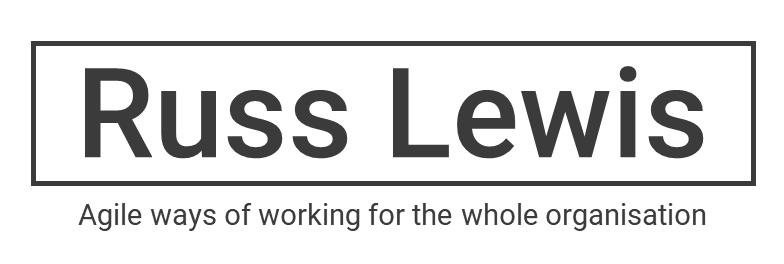
Construction runs to a well-established plan
Simon is a project manager who is having some building work done at home - an extension with a new kitchen. We were discussing Agile project management and specifically Estimation Cards. He pointed-out that his "development team" consisted of builders, electricians, plumbers and kitchen fitters, who all worked to a well-known requirement and a well-established plan.
Builders are specialists who are estimating and planning all the time - without using agile estimation cards!
Running a building project is all about responding to threats to the "big, up-front" plan. Each trades-person knows how much time it will take to do the work once the materials have arrived on site. What matters is the order of the work and these dependencies are well-known. Each morning they plan the next day's work, call the builder's yard and order the materials needed. This isn't Agile, it's plan-driven and relies heavily on an external supplier. Estimation cards aren't needed because there's no team activity.
Coordinating the plan
The plumber and electrician do a "first fit" to lay the pipes and cables, followed by a "second fit" when they attach the basins, taps, sockets and switches. The kitchen fitter though does everything in one go, so all the plastering and floors have to be in place beforehand. The variations, and "unknowns" from one job to the next are learning how to use new fittings and fixtures, working with trades-people of varying levels of quality, and of course, the impact the customer makes. Some customers keep changing their minds during the job - apparently!
Building works like these are plan-driven projects. They are deeply affected by last-minute customer changes. Simon, an enlightened client who would never make last-minute changes, says that a big impact on the plan comes from external factors like the power company, availability of raw materials and lead time for sub-assemblies like stairs, windows and doors. Of course, as a first-class project manager, he had prepared a risk log, with back-up options and plans already in place.
Use Agile to develop the plan
For software projects, the risks are inherent in the technique itself which is where Agile management is needed (useful article on Agile Project Management here). You are creating something for the very first time, for a customer who needs something that performs better than what they have now. Not just bigger and with the latest fittings, as is the case of a new kitchen, but something that will support an improving process, scale when needed, be easier to maintain and help the business create an advantage in its market.







